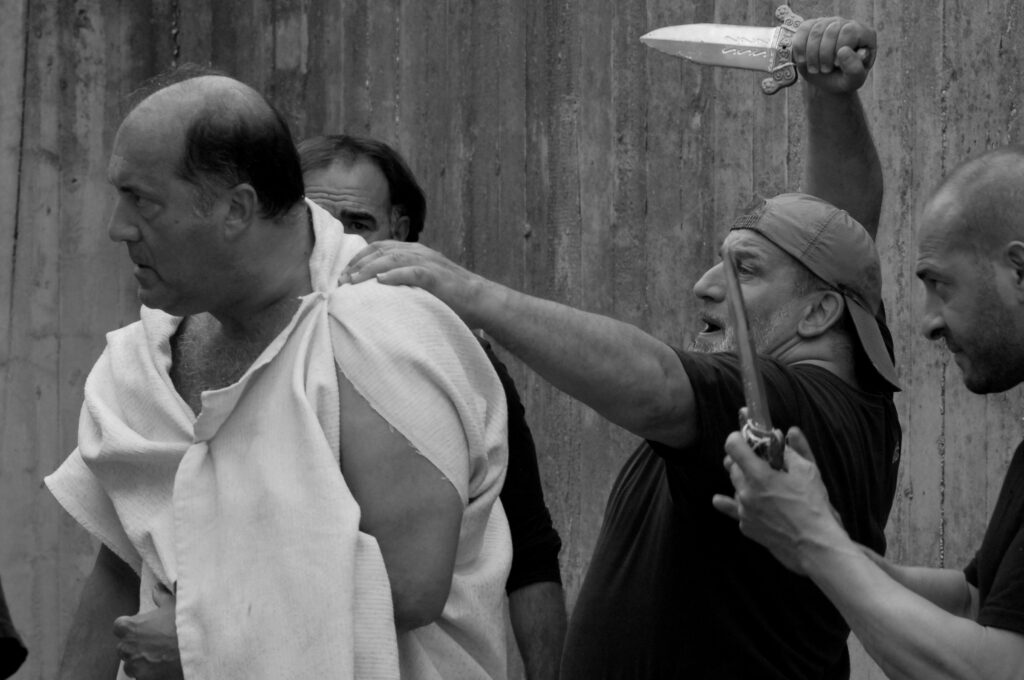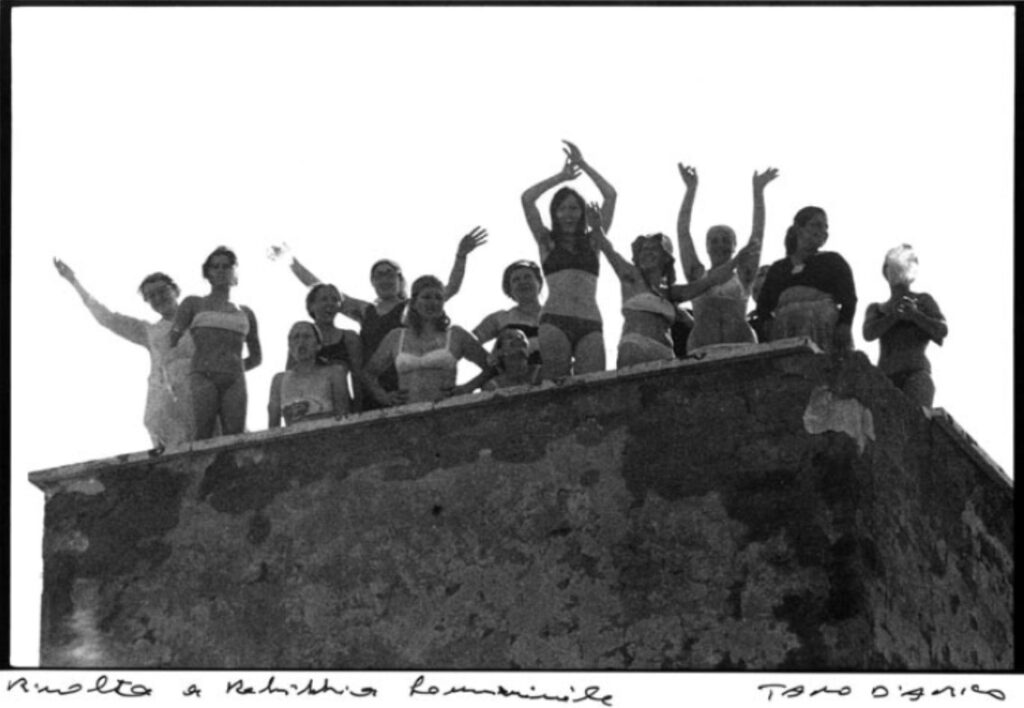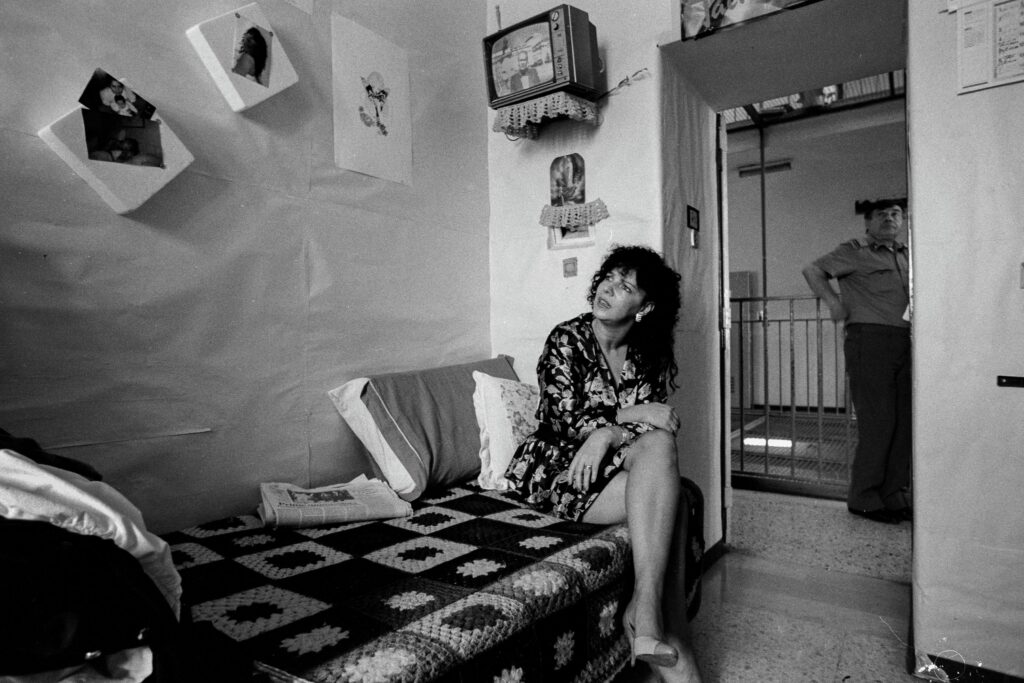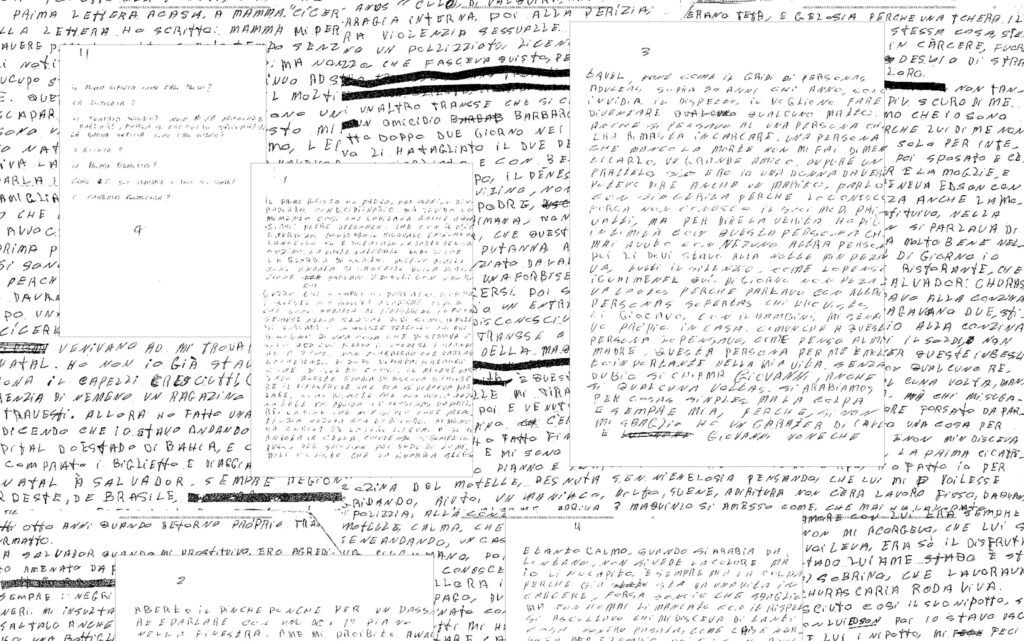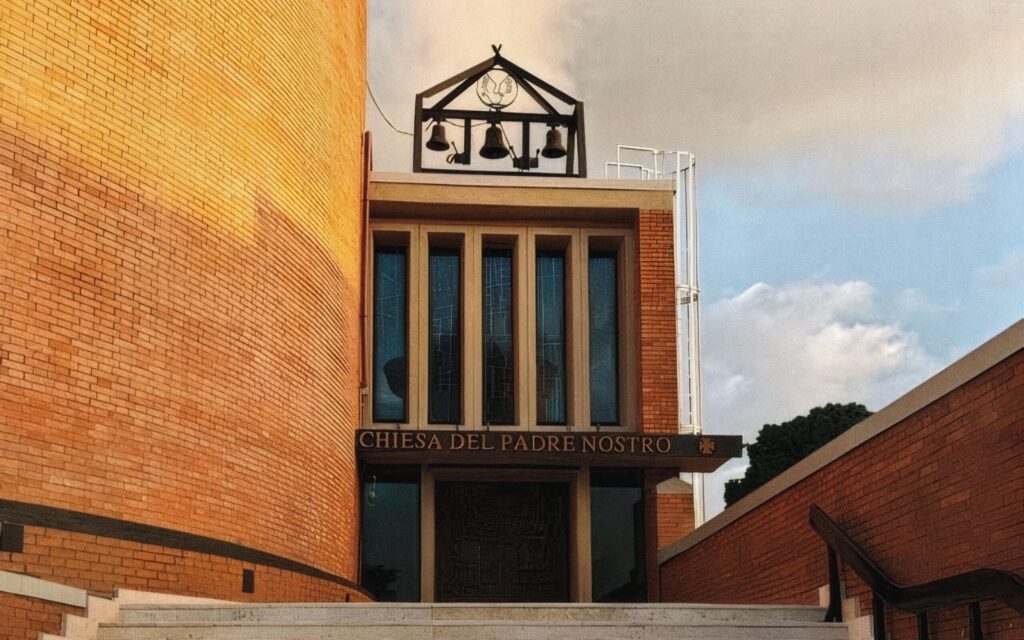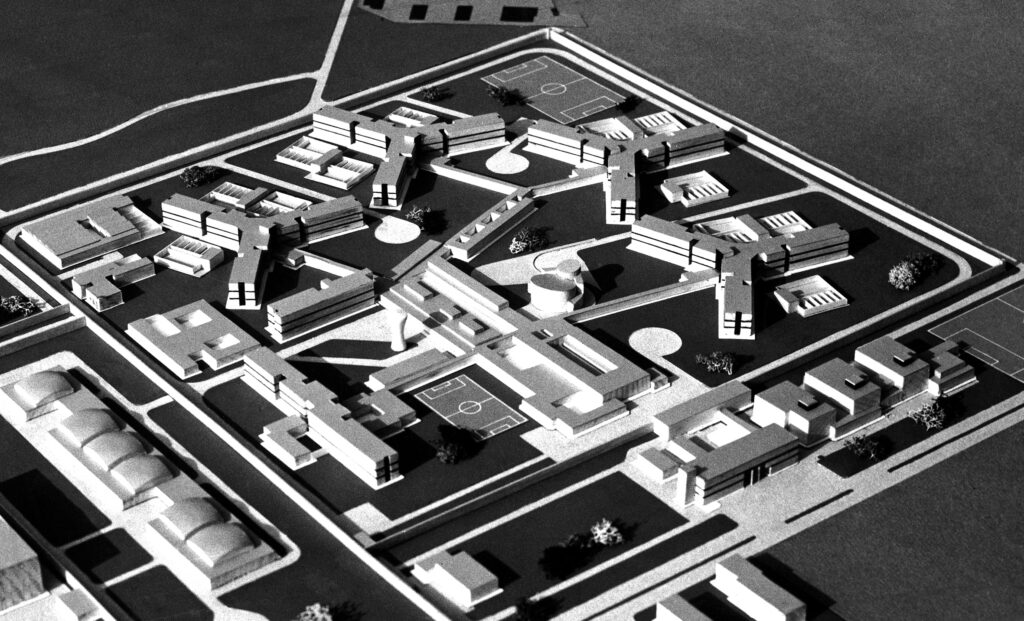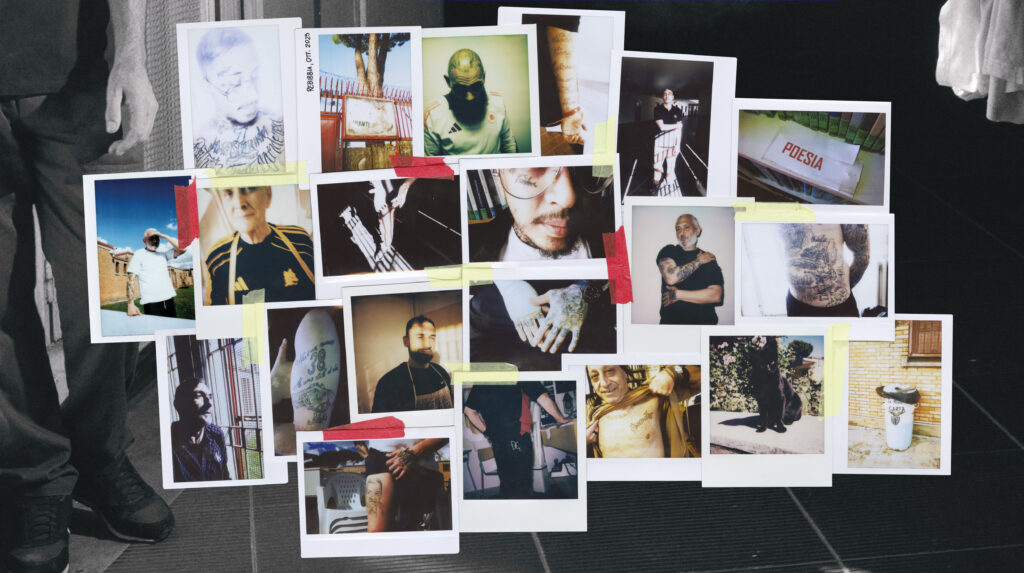The World’s Kitchen

Rome is the Eternal City for everyone, but it might also be the case to consider it as the city of the eternal return. On the one hand, ancient ruins and artifacts dating back from the dawn of time adorn a city that has existed, exists, and (perhaps) will always exist; on the other, an organism that still hasn’t come to term with its unresolved identity, perpetually looking for the lids to its pots. A contemporary emblem of this condition is Fellini’s masterpiece Roma, with its masterful scene shot in the subway tunnel under construction: a scene that today feels more like Metro Line C and the year 2027 than 1972. Or the ghost of the “city of science” which has been hovering over Rome for years—like the spectre described by Marx and Engels—and recently haunted the former military complex on Via Guido Reni, making administrators and intellectuals fret in the mid-1980s in the spaces of the former Mattatoio (the slaughterhouse).
After officially ceasing operations in 1975, the Testaccio complex entered postmodernity without a clear intended purpose. Among the many ideas was one of enormous scope proposed by architect Carlo Aymonino, who, in the early 1980s, had been appointed Assessore agli Interventi sul Centro Storico del Comune di Roma (Councillor for Historic Center Interventions for the City of Rome): to transform the former slaughterhouse into a centre devoted to science and technology, with a museum, library, exhibition halls, and other public amenities. The idea landed on Paolo Portoghesi’s desk to be implemented in a project, but as is often the case in Rome, it amounted to nothing. This was followed by the idea of moving the Teatro dell’Opera’s summer season from Caracalla to the Campo Boario, but doubts prevailed again. Eventually, the concept shifted to a sort of “city of communication”: a multipurpose centre with cinemas, conference and concert halls, a café, restaurant, exhibition spaces, and even a summer amphitheatre capable of hosting thousands of people for events ranging from classical music to cinema.
A new Beaubourg, as it was described in a fascinating 1987 article by Alessandra Mammì in the magazine L’Espresso featuring a mix of quotes and citations from half of Rome’s (and beyond) intelligentsia of the time: Bruno Zevi, Franco Quadri, Renato Nicolini (who had already tried to breathe life into the Mattatoio during its summers), Portoghesi himself, Lino Miccichè, Achille Bonito Oliva, and many others. The first interventions in this new hub focused on the Borsa area (the part of the building facing the Tiber) and even led to the inauguration of an exhibition dedicated to the satirical cartoons by Forattini, then a fixture at La Repubblica. The same article listed a series of potential future exhibitions, including a mega-project on the urban and architectural culture of Rome, curated by starchitect Robert Venturi. Once again, however, it was a debacle. In the early 1990s, the central pavilions of the complex were used as storage, housing confiscated motor-scooter alongside materials donated to the populations of the former Yugoslavia. Meanwhile, something was going on in the Borsa space, something that would define Rome’s solidarity and countercultural history for the next thirty years: the birth of the Villaggio Globale.
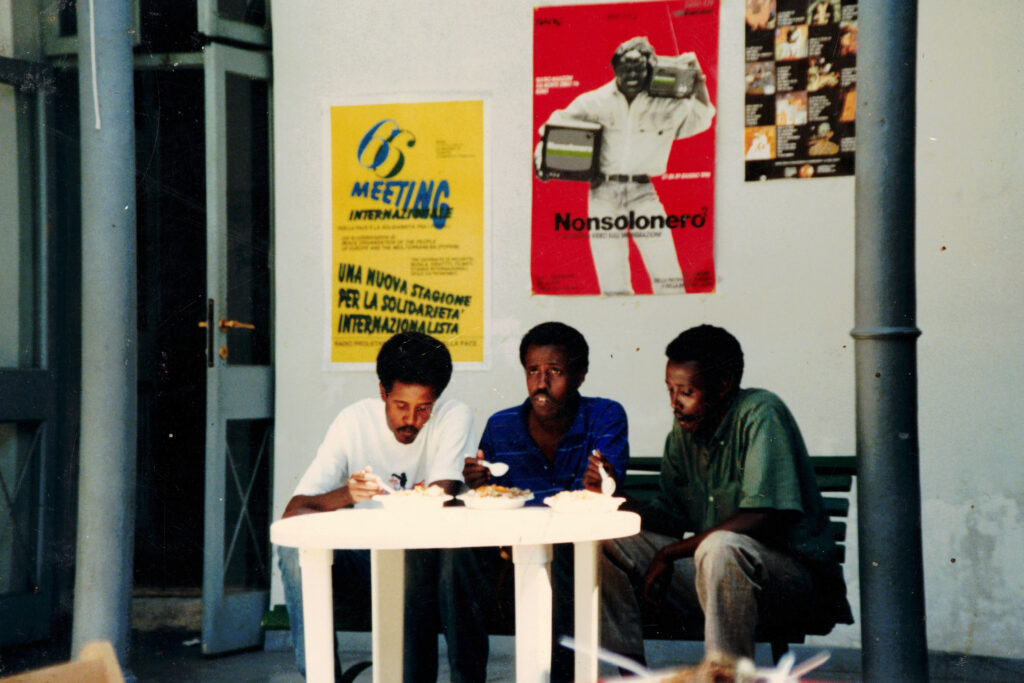
A press release announcing a press conference on April 19, 1990, reads: «Immigrants take action against marginalization and misinformation. The Borsa spaces of the Ex Mattatoio in Testaccio has been occupied. The multiracial centre Villaggio Globale is born. The intercultural editorial team Villaggio Globale, consisting of nine self-managed broadcasts—including those in native languages—by associations and communities of non-EU foreigners on Radio Proletaria’s 88.9 FM, and active since November 1989, has occupied the municipal-owned Borsa space at the Ex Mattatoio in Testaccio».
The Villaggio’s experience, like many self-organized initiatives, started on the airwaves with a series of programs self-managed by representatives of Rome’s foreign communities, broadcast on Radio Proletaria (later Radio Città Aperta) in both their native languages and Italian. The desire to bring this experience into the city, the need to broaden editorial spaces, and the opportunity to rely on an existing project at the Mattatoio—the Casa della Pace (House of Peace), which has since closed—were the original sparks.
A space to find a different vision, another story of the economy.
“When we occupied the space, we didn’t want to limit ourselves to the building itself; we immediately tried to imagine something new for the entire space. We dreamed of an urban park, a large square open to the themes of international solidarity, surrounded by workshops, spaces for fair trade, and more. We imagined the Villaggio as a point of convergence for a different kind of tourism, able to create an alternative economy: a place where, for example, an underground magazine could have its office. In short, a space to find a different vision, another story of the economy,” recalls Alfonso, a veteran of the Villaggio and one of the first radio program editors.
This idea of an alternative economy even influenced institutional processes, so much that there was a roundtable discussion with this name under Luigi Nieri’s councillorship. However, the idea of a great piazza was never finalized, and eventually the site’s institutional direction veered towards its current organization, hosting Roma Tre University, the Academy of Fine Arts, the Città dell’Altra Economia (City of the Alternative Economy), La Pelanda, and the pavilions originally assigned to MACRO, now managed by Palaexpo.

In its early years, the Villaggio was a melting pot of communities and cultures, with countless activities organized around these themes and a fundamental part of the centre’s daily life revolved around food and cooking: strongly identity-based elements, but capable of creating exchange, socializing, and sharing. “In our kitchen we had the Cape Verdeans making cachupa, then there were the Filipinos, the Peruvians. At one point, the kitchen was directed by a person from Senegal who made a delicious couscous, so much so that he was even mentioned by Maurizio Ribichini in a comic strip for the Athar magazine.” Going through the Villaggio Globale archive you can find several testimonies from this phase of the Center: photos of Peruvian community meals and celebrations; concerts by Bolivian bands accompanied by typical dishes; Afrolusophone buffets for events in support of the Angolan community; feijoada, vatapá, and caipirinha for Brazilian Carnival. There’s even a touching invitation to a wedding reception after the official ceremony at the Embassy of Ivory Coast: September 25, 1992, best wishes to Elise and Francis!
Together we achieved a sort of utopia: a nomad camp with about fifty trailers and families from Veneto and Bergamo area, which was crossed by thousands of people during the largest events.
Alfonso continues: “We also cooked with the Rom community; their dishes are basically roast meat and rice, quite Balkan style. Together we achieved a sort of utopia: a nomad camp with about fifty trailers and families from Veneto and Bergamo area, which was crossed by thousands of people during the largest events. For a period, there was a Neapolitan pizzaiolo using a pizza oven that was already here in the space; there was a Lebanese man making kebabs during parties and concerts; there were moments with the Palestinian community and many more with the Kurdish community, with whom we created, together with the Stalker architect group, the Ararat Centre in the Campo Boario. In short, the Villaggio has always experimented with many ideas, even with cooking: precariousness and innovation were its elements. When there’s so much precariousness, you’re inspired to invent everything.”


From that period until today, the Villaggio has changed significantly. It became a very lively political centre, hosting major concerts and electronic music nights. “We allowed hundreds of thousands of people to see great artists for just a few euros. When the concerts and club nights phase came to an end, we realized it was no longer sustainable to have a kitchen that was always open and with fixed staff to work in it. Other social centres have managed to maintain this: La Torre, Casetta Rossa, Forte, Spartaco. Still, the kitchen is open and active during events, with people from outside organizing and using it to prepare food. In short, like in the very early days, the Villaggio’s kitchen remains a fundamentally bustling one. Meanwhile, the Villaggio has turned into a centre for artistic and craft production and is now an association called Villaggio Globale Spazio Boario. This shift occurred about ten years ago when we understood that the era of music was over. We began attracting people who needed space, transforming our areas into studios and ateliers, thereby preserving a social role. The city and cultural institutions are always slow to recognize experimentation and new languages, but an informal and open space like this is perfect to meet both needs and new expression forms. An artist or craftsperson who are just taking their first steps, creating new and undiscovered work, can hardly afford a rent at the current market price. Here, they have the opportunity to express themselves and, why not, become great artists. The Villaggio is like an incubator that allows its residents to evolve, grow and enter the market. A market that, hopefully, will be a good one! Today, there are thirty-four workshops, some of which belong to important players like Solo & Diamond, Motorefisico, Coloriage, Onca, and the ARF Festival. For those who join, there’s not only the chance to have a space by contributing only to the maintenance costs, but also the opportunity to be in contact with organizations working at a higher level.”
The world of culture and the arts seems to be the new ghost haunting the upper echelons, with their eternal dreams of a solution: “Rome will have a City of Arts where tradition and innovation will intertwine to create a unique cultural hub. It will rise in the former Mattatoio area and house the university, a photography centre, the Academy of Fine Arts, various associations, and cultural spaces. The first areas to open will be the former barns, designated for the Academy,” reads a press release from the Municipality in October 2023, indicating the expected date for the completion of works: between 2026 and 2027. “Me and the entire Villaggio, challenge them to invent something together to create art and craftsmanship with new languages and in an experimental way,” concludes Alfonso; all this while waiting, in an eternal and very Roman style, for the recognition of the association and the spaces of the former Borsa at the Mattatoio, which strangely enough, once housed a trattoria for the workforce once dealing with animals, as indicated in the original plans by architect Gioacchino Ersoch.
